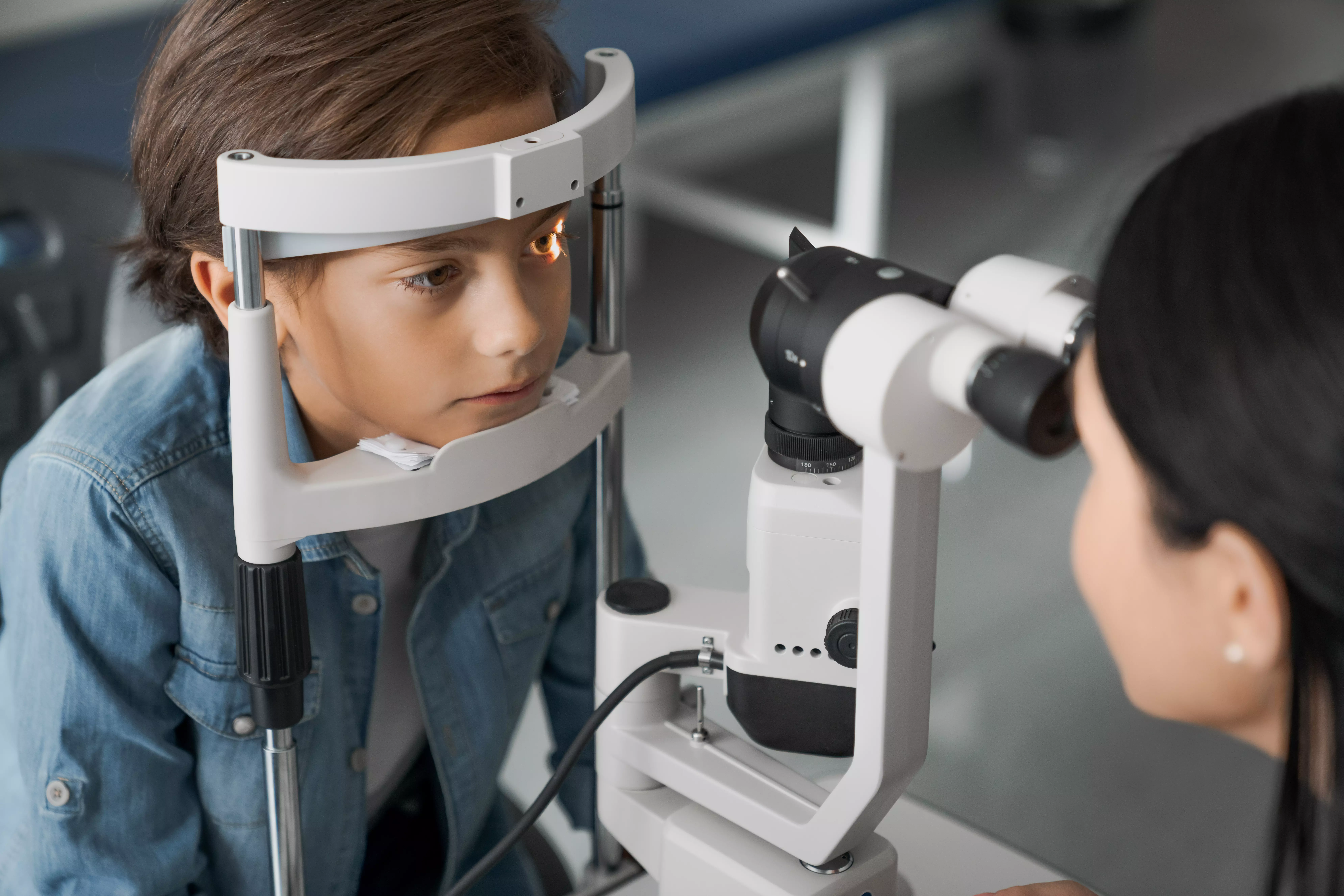Research on schizophrenia and visual functioning
Research on schizophrenia and visual functioning
Schizophrenia is a difficult and complex mental disorder that affects various aspects of a person's life. Research on schizophrenia has contributed to significant advances in understanding the disorder and its impact on brain function. One area that has been studied in detail is the impact of schizophrenia on visual functioning. In this article, we will discuss the most important scientific findings on this issue.
Basic functions of vision
Before moving on to discuss the impact of schizophrenia on visual functioning, it is worth first looking at the basic functions of this sensory perception. Sight allows us to receive information from the world around us using light receptors located in the retina. This information is then transmitted to the brain, which processes and interprets it. This allows us to perceive shapes, colors and movements, as well as recognize objects and read emotions on other people's faces.
Effect of schizophrenia on visual perception
Research on schizophrenia shows that there are a number of significant differences in visual perception in people with the disorder. One of the main symptoms of schizophrenia is visual hallucination, or the false perception of images, figures or objects. People with schizophrenia often report seeing people or objects that are not present in reality. These can range from simple shapes to complex human figures.
In addition, studies have shown that people with schizophrenia have difficulty differentiating shapes and sizes of objects. They may also experience color perception abnormalities, leading colors to appear different to them than they actually are. Many people with schizophrenia also have difficulty analyzing images and perceiving details. They may see images as a whole, but are unable to see individual elements, making it difficult for them to solve tasks such as recognizing faces or reading maps.
The role of visual perception disorders in diagnosing schizophrenia
Research on the impact of schizophrenia on visual functioning also has practical applications in the process of diagnosing the disorder. Visual perception disorders can be one of the first visible signs of schizophrenia and often accompany other clinical symptoms of the disorder.
Analysis of visual functioning can help make a quick and accurate diagnosis, which is important for further treatment and support of the patient. In addition, the study of visual perception in patients with schizophrenia can provide valuable information about the characteristic features of the disorder, which can contribute to a better understanding of its mechanisms.
Summary
Research on the impact of schizophrenia on visual functioning has introduced new insights into this difficult mental disorder. Scientific findings show that schizophrenia significantly affects visual perception, leading to hallucinations, impaired perception of shapes and colors, and difficulties in analyzing images, among other things. Utilizing knowledge of visual functioning can contribute to faster diagnosis of schizophrenia and a better understanding of the mechanisms of the disorder, which contributes to better support for patients.
Add comment